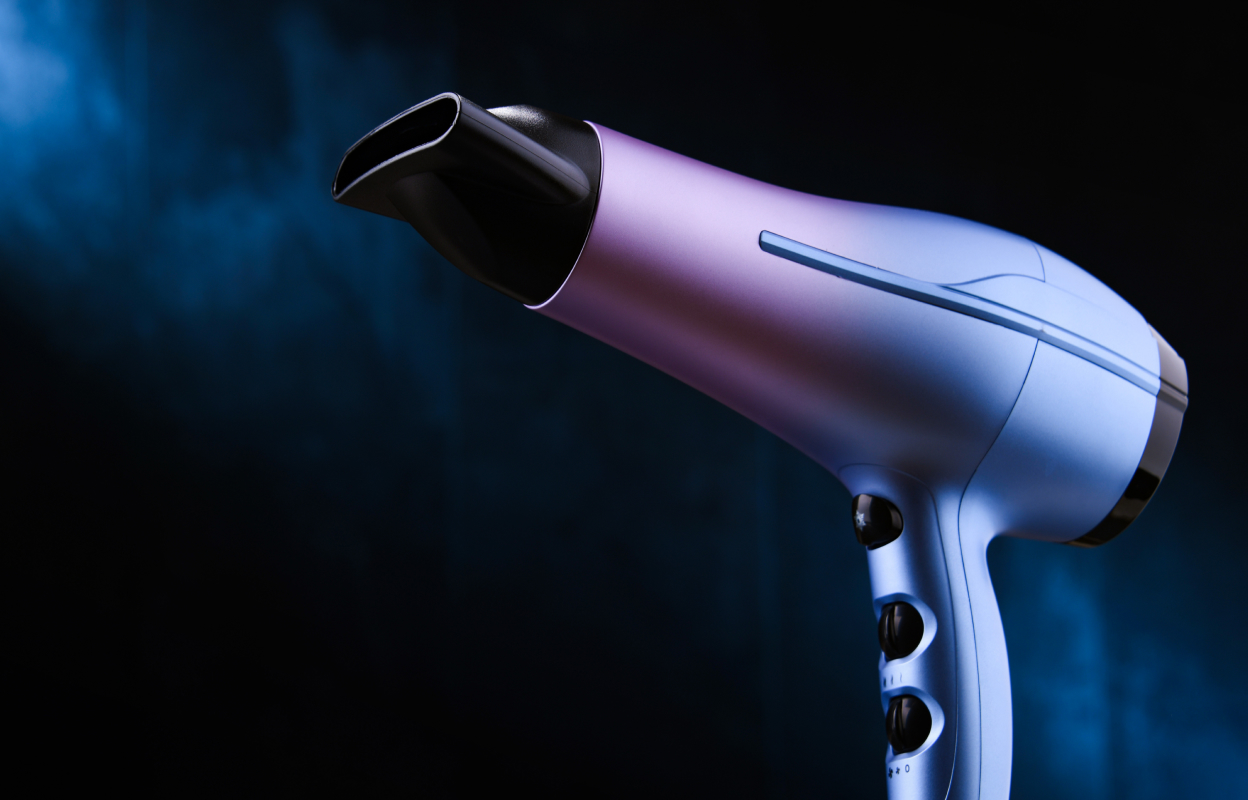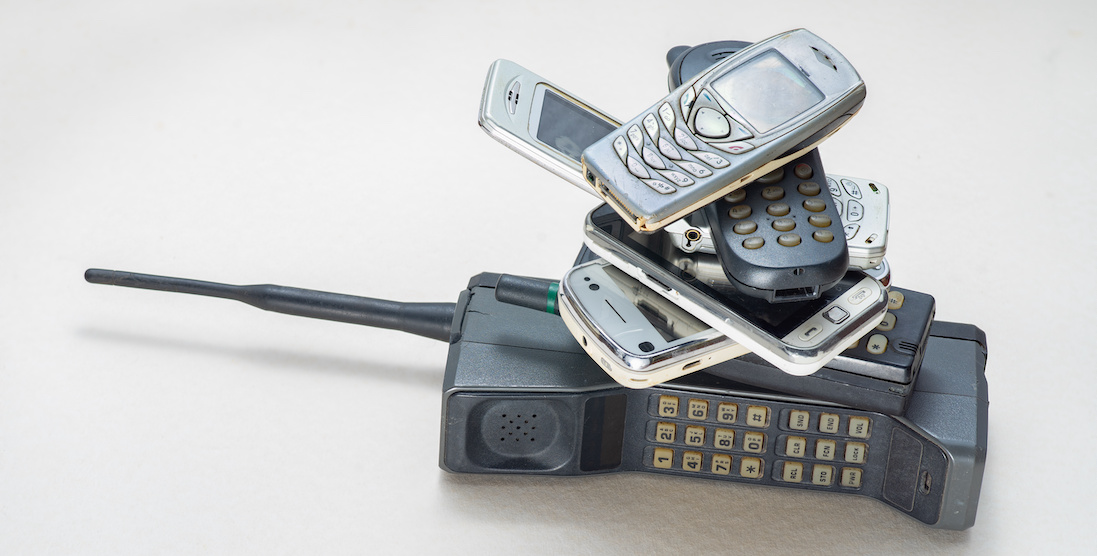4 Powerful Ways Engineering Changes Boost a Consumer Electronics Business

Success within the consumer electronics industry hinges on an organisation’s ability to continually innovate high-quality, compliant products. If a product does turn out to be faulty, or newer tech becomes available to improve already existing products, companies need to be able to affect change with quick market turnarounds.
Engineering Change Management is the modern way for revising and rolling out high-quality next-generation products. If you’re a small to mid-sized consumer electronics business without a way to efficiently manage engineering changes, now is the time to level up. Do away with outdated paper-based systems and move towards an effective, streamlined process that automatically compiles an orderly paper trail of all changes requested and attached to a single product.
An Engineering Change Request (ECR) is typically made when:
- Flaws are discovered in a product’s performance or design
- Revisions in quality or compliance regulations
- Changes/updates in product features
- Issues resulting from supply chain, like material scarcity or supplier changes
An Engineering Change Order (ECO) is the action of setting in motion the changes a product needs to undergo. An ECO records the requirements for a product’s proposed and completed changes.
Read on, to find out 4 powerful ways engineering change management can drive efficiency and reduce costs for a consumer electronics business.
Invest in a PLM with EC Capabilities
Engineering Change Management would fall under a Quality Management Software (QMS). When looking to invest in a Product Lifecycle Management (PLM), find out if the solution can support QMS and EC.
At Centric Software, our end-to-end PLM and QMS solution is ideal to support businesses with their engineering change requirements. Transform your business and eliminate time-consuming paperwork trails, communication silos and circular processes that expand your budgets, resources and time-to-market.
1. Save Time and Resources
A PLM solution with built-in QMS makes it much simpler for teams to action changes when it comes to product improvements. Whether it’s feedback about a faulty component in a current product or newer technology available for improved second release lines.
One simple change could affect hundreds of other products, project variables and scopes. Given the sequential nature of the engineering change process, requests and orders can grow in complexity quickly. Teams having to manually update information across thousands of products is very time-consuming. Add that to common challenges small to midsize consumer electronics businesses face, including lack of visibility, disconnected communication and data mismanagement, and the process can become hugely complex.
With an engineering change management tool, the system enables users to neatly and systemically documents the entire process a change would normally go through. All documentation is attached to the product in question, detailing all information right from product identification through to planning and implementing the required change. This is done for all products across categories and collections, giving a high-level overview to the size and scope of the project.
The ability to automate part of the engineering change process saves weeks of time, eliminates the potential for human error and establishes a solid foundation to ensure high-quality products that can be modified or improved without delay.
2. Effectively Deal with Supplier Management Issues
Once you’ve identified faulty components, buying and sourcing teams need to go back to their suppliers to find replacement parts as soon as possible. The probability that faulty products can lead to launch delays and potential missed sales is high.
Having all information live within a PLM enables teams to effectively manage suppliers in a number of ways:
- Quickly find new suppliers, communicate effectively with all suppliers in the supplier portal and send our new RFPs for any components needed. Don’t waste time trying to compare pricing, leads times and availability in spreadsheets, do it all within PLM and save valuable time to get replacement parts as soon as possible.
- Identifies and removes faulty suppliers with built-in auditing tools. Suppliers can also be categorized according to their regions, costs, initiatives, sustainability ranks, compliance ratings and more.
- Enhances supplier communication and enable your teams to gain necessary insights into component availability and lead times. If delays are expected, teams can anticipate and plan as best as possible for these disruptions.

3. Improve Product Quality and Preserve Brand Reputation
Consumer electronics products require constant updates to their technology to keep customers coming back and to secure their reputation as quality, trusted brands. If companies stop investing in their technology or faulty products are pulled from the shelves, it can negatively impact brand reputation and sales.
With a strong foundation in place to handle any product changes, consumer electronics companies can ensure products produced, stocked on shelves and sold online are of the highest quality.
- Track and centralize all product documents to easily stay on track across hundreds of products.
- Make regulation compliance easy. PLM connects your product teams to regulatory databases so you can easily track which products meet regional compliance standards. It also helps you manage safety standards by connecting product artwork proofing and label safety information.
- Monitor feedback to help you continuously improve your next-generation product.
4. Increase Product Profitability
There is pressure within the consumer electronics industry to bring products to market quickly to gain market share for newer products or to benefit from a trend window for others. However, with the complexity of products today and the pressure on costs and profitability, getting products to market on budget and on time has never been more important or more challenging.
If companies cannot quickly adapt to product modifications, it means ballooning costs, design reworks, manual time updating product changes, the possibility of delayed product launches and missed sales opportunities. This eats into product profitability.
Consumer electronics companies with strong engineering change management improves team collaboration. This real-time synchronization of changes vastly improves both cost and time management, so teams can focus their time to work on new product innovations. Streamline changes, improve products faster and get products to market on time and on budget.
It’s a pivotal moment for Consumer Electronics brands and retailers to invest in an end-to-end PLM and QMS solution, with all product information in one place, teams can set up a strong engineering change management process. Invest in a modern software solution like Centric Software® to facilitate teams in bringing products to market quickly, improving product quality and maximizing product profitability while eliminating time-consuming processes.









